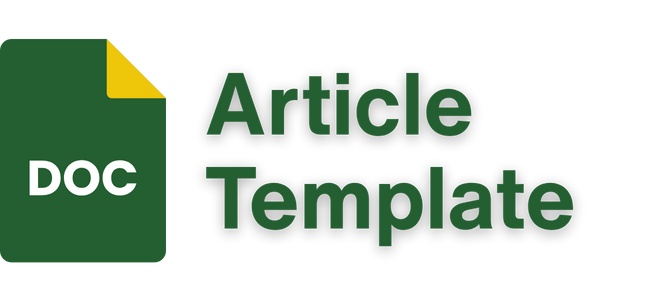Guidelines For Author
These guidelines are designed to help authors craft scientific articles that meet Jibeka’s standards. Authors are expected to understand these criteria and ensure their manuscripts align with them.
General
Scientific articles should present ideas, findings, or methods that are entirely new and unique in the field of science they study. Explain clearly the aspects that differentiate the research from previous studies and how the approach used provides further progress. Highlight the added value provided by outlining the real contribution of research to the development of science.
In order for the reader to understand the importance of the study, it is essential to provide a clear picture of the research's relevance, identify the parties that could potentially benefit from the results, and explain the impact it could have on academia, industry, and society more broadly. Highlighting these aspects will showcase the research's significance and uniqueness.
Manuscript Format
A submitted manuscript should include the following sections:
- Title
- Abstract
- Keywords
- Introduction
- Research Method
- Result
- Discussion
- Conclusion
- References
- Additional data can be submitted separately (if necessary)
Confirmation on copyediting stage:
- Author(s)
- Affiliation(s)
- Corresponding email
- Acknowledge (if any)
Manuscript Layout
- Jibeka uses A4 page size, 1.0 line spacing, and standard margins (2.5 cm on all sides, except the first page).
- Jibeka only receives manuscripts within a total of 9–15 pages, excluding references.
- Jibeka provides a template that includes a word style.
Authors can download the template here.




